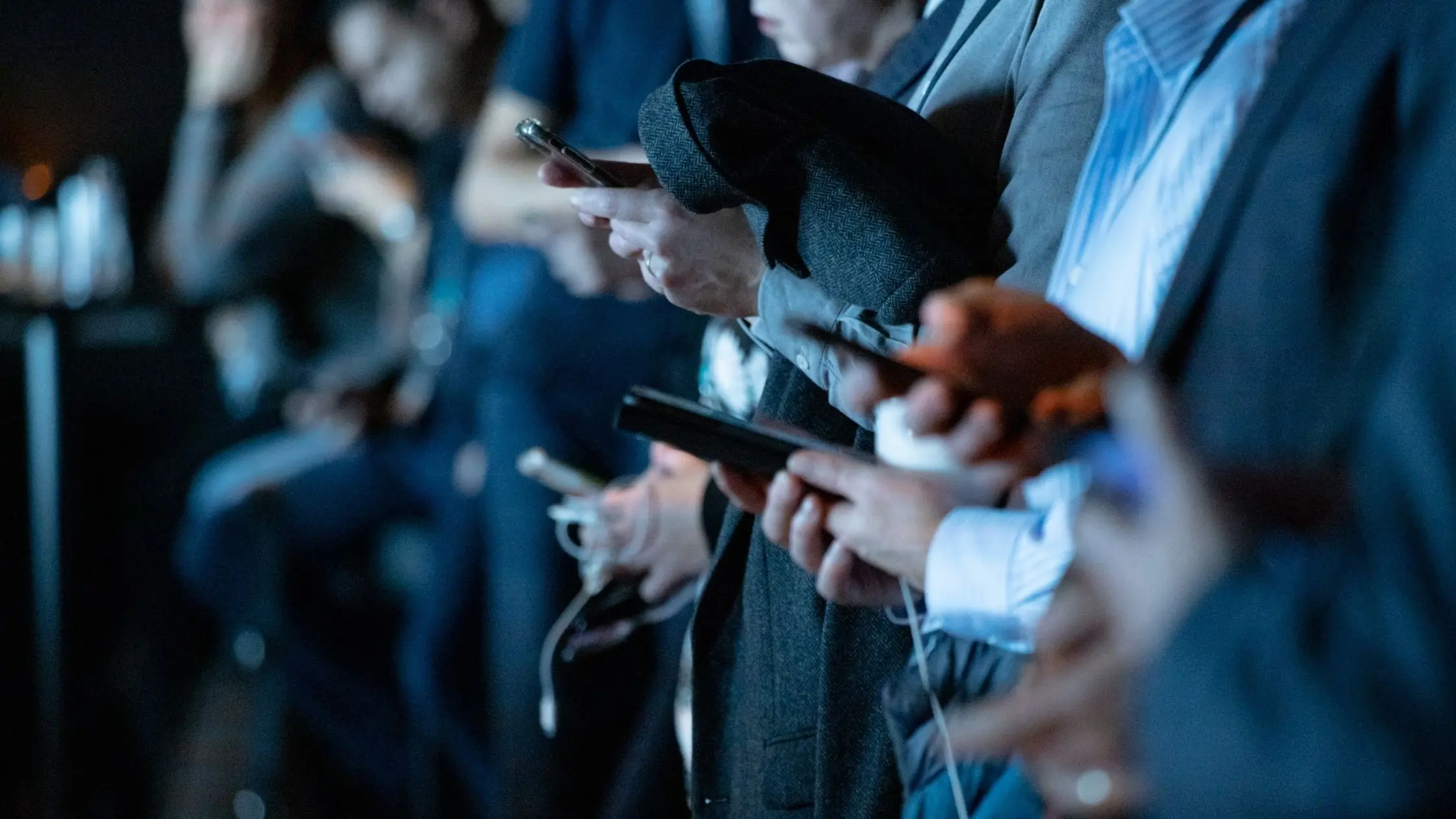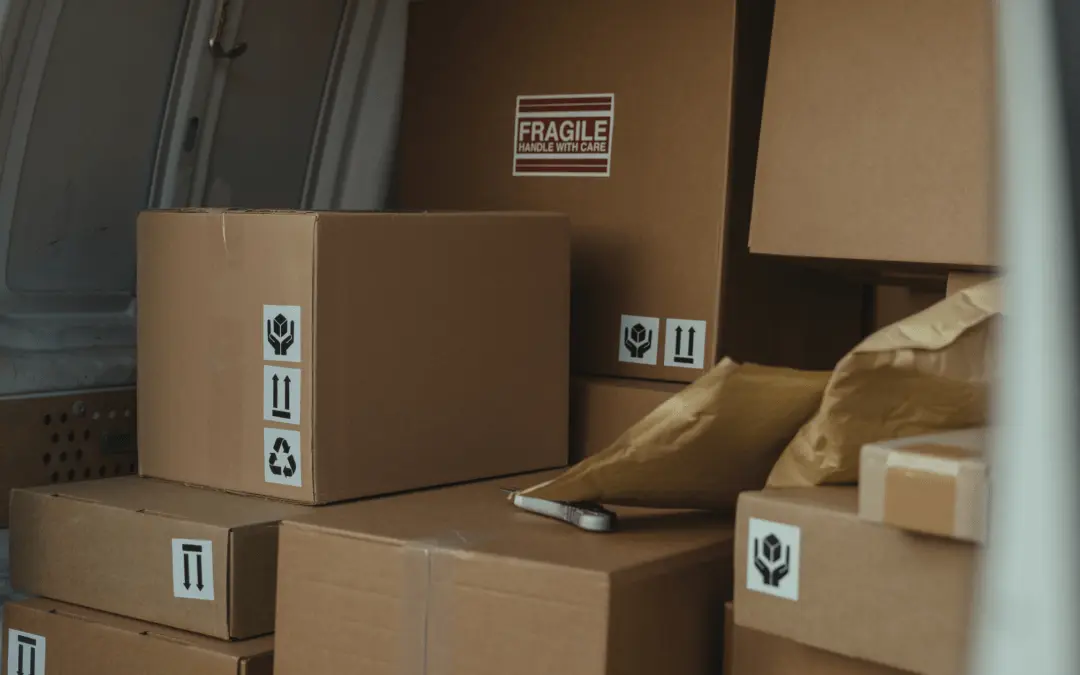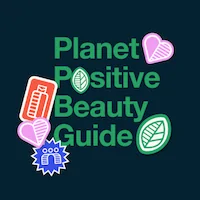An article by the Sustainable Beauty Coalition.
The word ‘social’ is embedded in the term CSR (Corporate Social Responsibility) as one of the pillars for a sustainable future, sitting there nestled between ‘corporate’ and ‘responsibility’ as a little reminder to us all that sustainability is about both people and planet. The purpose of CSR is to give back to the community, and to provide positive social value.
It is surely therefore reasonable to expect that social media would have a part to play in encouraging more sustainable and ethical business practices, and helping raise consumer awareness, and that social media can support the ‘coalition’ process of sharing and collaboration that is at the heart of the Sustainable Beauty Coalition (SBC).
However, some brands remain unconvinced and have made a conscious decision to distance themselves from social platforms.
Lush goes antisocial
In recent weeks beauty brand LUSH has taken active steps to remove itself from social media with its ‘Anti-Social Media policy’, turning its back on Facebook, Instagram, TikTok and Snapchat.
LUSH announced that until social media platforms take action to provide a ‘safer environment’ for users, they have opted to switch off their social media channels across all countries in which they operate. With the brand’s focus primarily on nurturing wellbeing, they have said that this is at odds with social media platform algorithms, which are specifically designed to keep people scrolling and prevent us from switching off and relaxing.
Jack Constantine, LUSH Chief Digital Officer, explained: “We’ve always had a good connection with our customers and social media was a space we all migrated into at the beginning. We were all keen on the ambitions and dreams about what social media could provide for us. However we’ve seen social media transform over that time and we’ve had questions over the past 4 or 5 years about what our stance is within it. Social media was created to be an open platform where brands and communities could engage together in a positive way. However as it stands, the nature of the algorithms these particular platforms lean into, and the negative impact those algorithms have, is not something we can ignore. There is now evidence that these algorithms used to generate constant scrolling are creating negative effects”.
For now, LUSH can still be found on Twitter and YouTube.
So how does the social media experience of other beauty brands and businesses compare?
We spoke with members of the SBC Advisory Committee to find out how they feel about social media, and to explore their relationships with it.
Tina Lui, Senior Creative Strategist at twelveNYC, explained that “while platforms like our website are vital for driving business, we have found that creating ongoing, immediate and direct communication touchpoints through social media has allowed us to “show” and not just “tell”. We have found that engaging with our followers, clients, and potential clients on platforms like Instagram allows for organic understanding and partnerships to flourish, as they get a chance to see the ins and outs of everything – from what we make, to what inspires us, to what defines our culture as a company.”
Adding to this, Anna Creed, Brand Director at The Inkey List, said that the primary role of their social media channels is to engage with their community in order to provide and share knowledge on whatever is confusing or concerning them. Further touching on the community building aspect of social media, Charlotte Coleman, Social Media Content Creation Executive at Weleda, mentioned the valuable role of social media for engaging with consumers on issues that the brand is passionate about, as well as using it as a tool to amplify and drive awareness around brand commitments such as sustainability.
Jamie Moore, Marketing Director at Positive Luxury, commented: “For Positive Luxury and our community of certified beauty brands, social is an important platform to raise awareness and understanding of sustainability, and why a brand has been awarded the Butterfly Mark. In the long run consumers will buy more from companies they trust, and social media can therefore be an essential tool for building brand value through demonstrating positive actions or impact”.
What are the challenges around the use of social media, and in what ways can beauty businesses use social media as a force for good?
In 2019, communication strategist Shannon Valdes Leiderman wrote that “social media thrives on compelling storytelling”. When putting together a strategy for sustainability messaging, social media might not immediately spring to mind as the perfect comms channel, because we think of social media as fun and light, and sustainability is usually thought of as serious, heavy and complex. But there is an appetite for sustainability stories amongst consumers. Uploading a sustainability report to a corporate website is not enough. Businesses need to develop new communication channels and new ways of telling the story.
At the Sustainable Beauty Coalition our Planet Positive Beauty Guide was launched with a social media campaign in November and received a very warm reception from across the industry. The ripple effect from re-sharing of our SBC posts shows how social media can definitely be used to positive effect when raising awareness about sustainable beauty.
Jamie Moore commented: “as a father of two teenage girls, I’ve seen first-hand just how influential social media and the beauty industry can be, how immediate it can be in forming opinion and behaviour – and how it can be guilty of pushing unrealistic ideals or misinformation. But I take an optimistic view that it can also be hugely positive, break down barriers, give people a voice, build inclusive and diverse communities, educate and drive real-world positive impact.”
Highlighting how social media can be a force for good, Lauren Murrell, Co-Founder of By Sarah London, noted that “The #bysarahlondonponytailchallenge became a trending hashtag on Instagram that invited those with long hair, who had not been to the hairdresser for many months, to donate their ponytails to charity. Celebrity fans such as Melissa Hemsley got involved alongside us as we donated our own ponytails, plus many of our customers and a community of women who had read about the challenge in titles such as Glamour UK. We continue to harness this collective spirit on our social media channels, proving that business should first and foremost be a force for good. In the words of the late Anita Roddick: ‘my passionate belief is that business can be fun, it can be conducted with love and a powerful force for good’”.
Charlotte Coleman concurred: “Our social channels have been an effective way to share details of our Weleda recycling initiative, offering solutions for those elements of our packaging that are more difficult to recycle at home. Weleda recently partnered charity TreeSisters, to incentivise customers to work with us and recycle every last bit of packaging, with around 153,000 trees planted to date.”
Similarly, Anna Creed noted the positive role social media played in the ‘Code Red’ initiative, which asked for consumers in the USA to engage with a climate bill going through Congress which resulted in “500 social media shares, 5000 likes on our social media post, and a 98% positive sentiment rate. It was great to see brands join together to create impact and for the communications to be aligned, making it so much clearer to consumers as to what we were saying and what was being asked of them”.
How can we use social media to build a more sustainable future for the beauty industry?
Emma Grace Bailey, Senior Strategist at WGSN explained that “brands have a captive audience through their social media channels, and those with responsible, purposeful values embedded into their DNA can leverage it to bring their consumers along on the journey. Social media challenges, live, interactive Q&As with brand founders and even videos that take viewers behind the scenes can bring a consumer into the world of a sustainable beauty brand. It’s a platform that can subtly influence behaviour over time”. Moreover, Amarjit Sahota added that “social media can be used to inspire and invigorate the beauty industry to make positive steps towards sustainability. It can do this by raising awareness of sustainability issues, and sharing success stories of brands like Lush, Weleda, L’Occitane and how they are addressing their impacts.”
Many of those we spoke to in the SBC Advisory Committee mentioned the importance of transparency and authenticity – “sustainability can be an expansive (and often intimidating) topic, so when speaking about it with your audience, break it down into small and easy-to-digest content, using simple language and consistent visuals. The key takeaway is to be honest and well-researched” noted Tina Lui, Senior Creative Strategist at agency TwelveNYC.
Scott Wimsett, CEO of Bespoke Banter, concluded that “the word ‘social’ in social media is exactly what we need to offer within our digital communities. We are needing to use our channels as our soapbox – offer a two way conversation, knowledge share, respond and connect to those savvy citizens who are asking brands to react, but with meaning. The power of social media can fast track communication and therefore achieve greater results with more informed, progressive voices. The real purpose of ‘social media’ as a vessel to empower us all has only just begun!”
The overall conclusion seems to be that tech doesn’t have to be unethical; it can be used as a force for good and bring about social change. Social media provides an open, transparent and real-time discussion forum for sustainable beauty, which could and should be a catalytic platform to inspire positive change. As Shannon Valdes Leiderman summarises so neatly: “when used effectively and ethically, social media and sustainability have a collective ability to empower a company to drive substantial change through garnered stakeholder support.”
Find out more about the Sustainable Beauty Coalition here.





